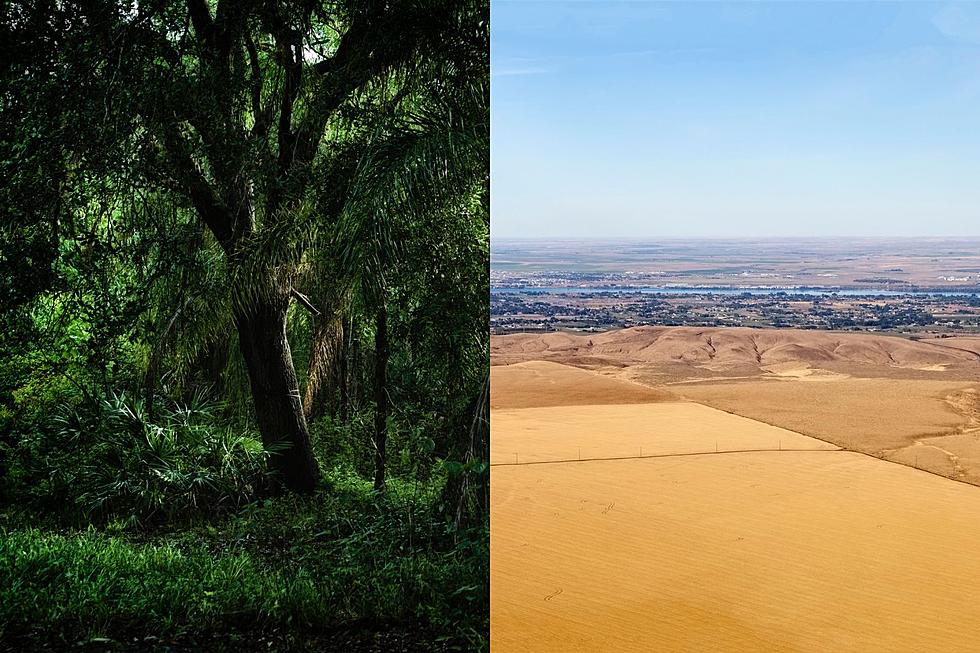
Yes, Millions of Years Ago, the Tri-Cities Landscape Was Green and Lush
16 million years ago the Cascade mountain range wasn't finished forming and moisture freely flowed to the area that we now know as eastern Washington and the Columbia Basin. And, temperatures in the region were warmer (Evolving Earth Foundation). Combined, this created conditions for a thick sub-tropical forest to thrive. Put that image in your mind – sub-tropical plants and trees instead of sagebrush and sand? Yep, it was here in eastern Washington during the Miocene epoch.
During the Miocene epoch period, many large volcanic eruptions occurred in Washington. These eruptions were so massive that some flows reached the Pacific Ocean, and they happened over millions and millions of years. At times the volcanic activity quieted long enough (a million years or more) to allow forests and lakes to reform. This happened multiple times – each time being covered again by another enormous eruption.
Why is Eastern Washington essentially a desert now?
After the Cascades had risen high enough, the mountain rage created a rain shadow. An article from theweatherprediction.com notes that after storms move over the Cascades they lose power, most of their moisture, and the air warms. This causes a rain shadow which restricts rainfall and that's why we have a desert landscape in eastern Washington. The rain shadow doesn’t keep all moisture from reaching the eastern part of the state but severely limits it.
It’s important to note that understanding past landscapes and weather is based on a combination of geological and paleontological research. Scientists use a variety of methods – fossils, sedimentary rock formations, and other analyses to piece together a picture of what Eastern might have looked like millions of years ago. So, one could hypothesize that without the Cascades our area would be lush and green - but our wine wouldn’t be as good. Check out the video below from the huge floods youtube channel – it explains the rain shadow effect perfectly.
LOOKING UP: 40 Breathtaking Images Of The Perseid Meteor Shower Around The World
More From 870 AM KFLD







